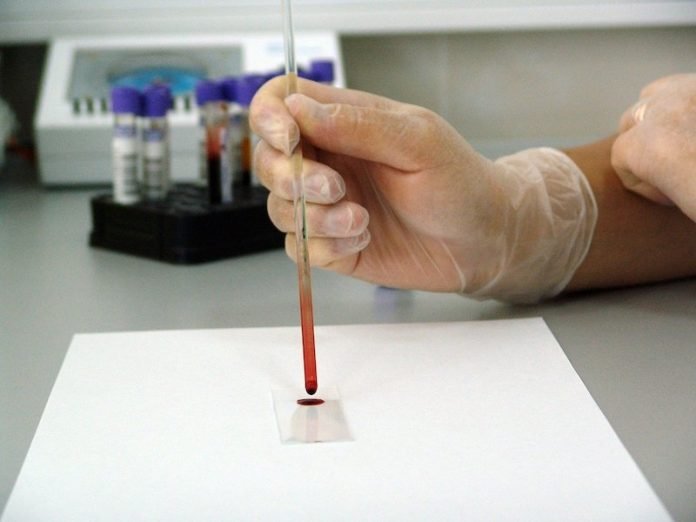
In a recent international study published in Nature Communications, researchers found how aggressive pancreatic cancer cells change their environment to enable easy passage to other parts of the body (or metastasis).
Metastasis is the main cause of pancreatic cancer-related death.
The finding may provide a promising new path to more effective treatment options for individuals with pancreatic and other cancers.
One author is Associate Professor Paul Timpson from the Garvan Institute of Medical Research in Australia.
Pancreatic cancer is one of the most lethal forms of cancer, with a five-year survival of 9% in Australia.
In its early stages, pancreatic cancers often show no obvious signs or symptoms and by the time a cancer is diagnosed, it has often begun to spread outside the pancreas.
The disease is very aggressive, and when it is detected, the tumor is often inoperable.
In the study, the team examined why some pancreatic cancers spread, while others appear to stay in one place.
They compared the tissue around tumor cells in both metastatic (spreading) and non-metastatic (non-spreading) pancreatic cancers.
This tissue—known as the ‘matrix’ – acts like a glue that holds different cells in an organ or in a tumor together.
They discovered that some pancreatic tumors produce more of a molecule called ‘perlecan’ to remodel the environment around them, which helps cancer cells spread more easily to other parts of the body, and also protects them against chemotherapy.
In mice, the researchers showed that lowering the levels of perlecan revealed a reduction in the spread of pancreatic cancer and improved response to chemotherapy.
The finding shows targeting the environment of tumors can be a potential resource for cancer therapy.
They believe the finding will improve the efficiency of chemotherapy and may help reduce tumor progression and spread.
Copyright © 2021 Knowridge Science Report. All rights reserved.



